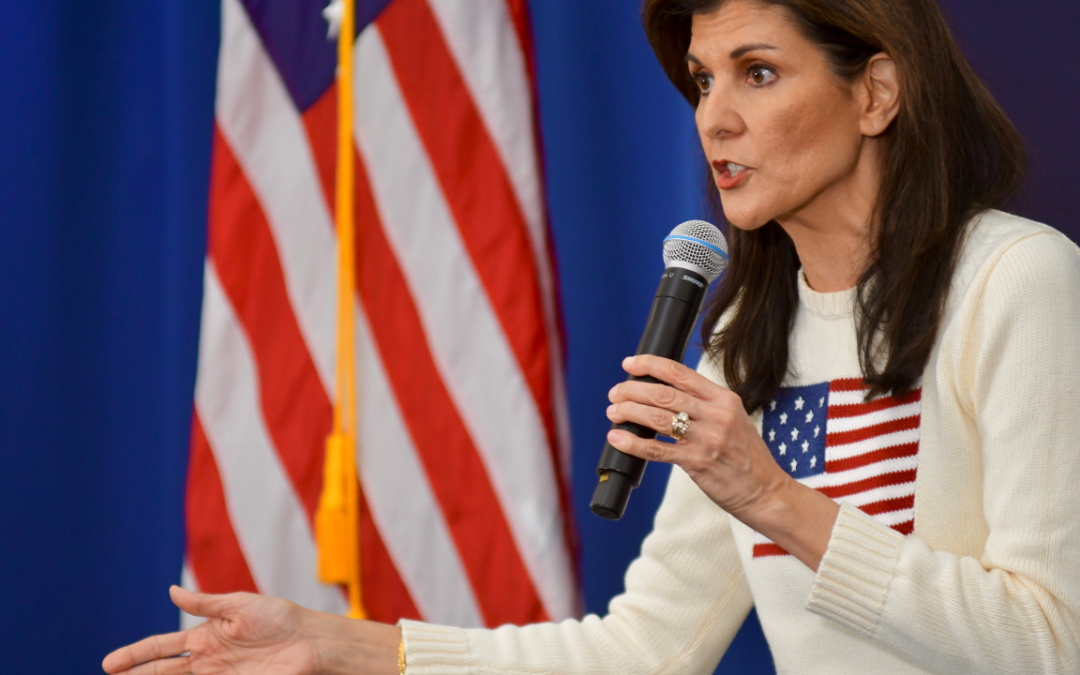This past weekend, Americans celebrated Labor Day. Unlike European and many other countries, who celebrate the toils of workers on May 1 of each year, the US opted back in 1894 to honor worker contributions on the first Monday of September.
Traditionally, US Labor Day marks the end of the US summer work and school holidays. Even though the coming workweek is therefore shortened, it is also when many investors and traders will be back at their desks (in person or virtually) for the first time in several weeks, digesting the news and making decisions about how to position their portfolios for the remainder of 2022.
What they see won’t be very pleasant.
Last week’s dismal market performance is a sobering reminder of the challenges that lie ahead. Sobering is, indeed, the apt term, as markets deal with a ‘hangover’ from Fed Chairman Powell’s brief, but very hawkish, statements in last month’s Jackson Hole speech. In a span of nine minutes, Powell managed to reverse budding optimism (and consensus thinking) about ‘peak tightening’ across fixed income, equity, and commodity markets, in the process sending all of them sharply lower. Since his Jackson Hole speech, all asset classes and virtually all sub-components of asset classes have tumbled. As they return to work, investors have few points of refuge. One can hardly fault Wall Streeters if they labor in the days ahead.
Market reprieves are typically granted by new information that turns investor sentiment. Yet the data flow in the coming week will be relatively light, with Chinese Caixin PMI, the US non-manufacturing ISM, the Fed’s Beige Book, and US jobless claims topping the list.
What will be missing is data about US inflation, which has become the proverbial straw that stirs the market’s drink. Without evidence of a broad-based decline in inflation, the Fed will continue to tighten and—in Powell’s words—will be willing to inflict and accept pain. That pain, of course, will be acutely felt by investors in bond markets (via lower prices and higher yields), equity markets (via lower earnings expectations and lower valuations) and in commodities (via weaker expected demand). In other words, in just about all main market asset classes.
Market confidence can only be restored by signs that overall inflation pressures (not just food and energy) are moderating. To wit, last Friday’s initial positive response to the US August employment report was due to the welcome news that month-on-month wage gains slowed, and that the labor force participation rate ticked higher. But news that Russia would not re-open gas supplies (presumably in response to the G-7 oil price cap announcement) served as a reminder that today’s inflation is also driven by inflexible supply. Duly, the market’s initial enthusiasm crumbled.
Simply put, investors – and the Federal Reserve – need to see much more evidence that inflation pressures are receding. This week, the focus will be on the price component of the non-manufacturing ISM index (which has already begun to decline) and in any supportive anecdotal comments found in Fed’s Beige Book. Investors need to see compelling evidence soon that inflation will moderate before Fed tightening does significant damage to economic growth and corporate profits. Inflation, to mix metaphors, is the fulcrum on which tactical asset allocations hinge over the remainder of 2022.
That also places the spotlight on corporate earnings. Over the next few weeks, the third quarter 2022 pre-announcement period will be in full swing, which is typically when companies release bad news (to be followed by mostly positive surprises during the regular reporting period). Thus far, according to FactSet, 65 S&P500 companies have issued negative guidance for the third quarter, against 40 companies offering positive guidance. As FactSet also notes, analyst expectations are also falling faster for Q3 than is typically the case. There is a glimmer of hope in those numbers—at the very least, negative news is already filtering into market prices.
So, yes, investors face significant challenges as they return to work. But Labor Day is meant to recognize the contributions of hard-working ordinary men and women far from Wall Street. It would be wrong to exclude them from our thinking and writing.
And, as much as laborers differ from Wall Streeters, today they share something in common—a desire for inflation to recede. For workers, high inflation erodes purchasing power. Headline inflation is what they pay for gasoline, food, rent, clothing and discretionary items, and headline inflation is outstripping wage gains for most American workers. But high inflation also holds a second risk—job losses. When Chairman Powell spoke of ‘pain’ in Jackson Hole, he was undoubtedly referring to the need to see job growth slow, to see unemployment rise, and to see wage pressures decline. Rightly or wrongly (and the case can be made for the latter), the Fed still views inflation dynamics predicated largely on a trade-off between jobs and prices. The longer inflation remains elevated, the more jobs will be sacrificed.
So, as America returns to work this week, Wall Street and Main Street share a common desire to see inflation decline lest it forces the Fed to inflict a lot more pain. One can only hope that Labor Day will not be followed by laboring days.



